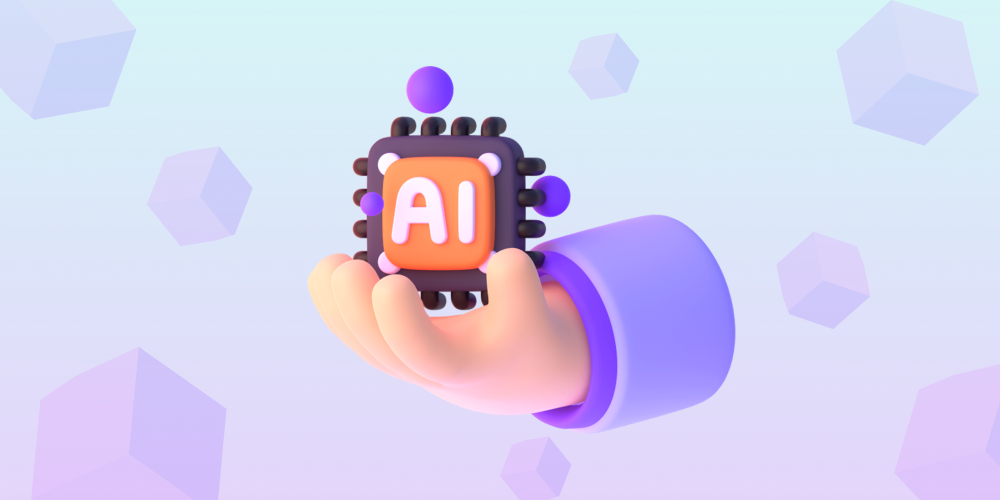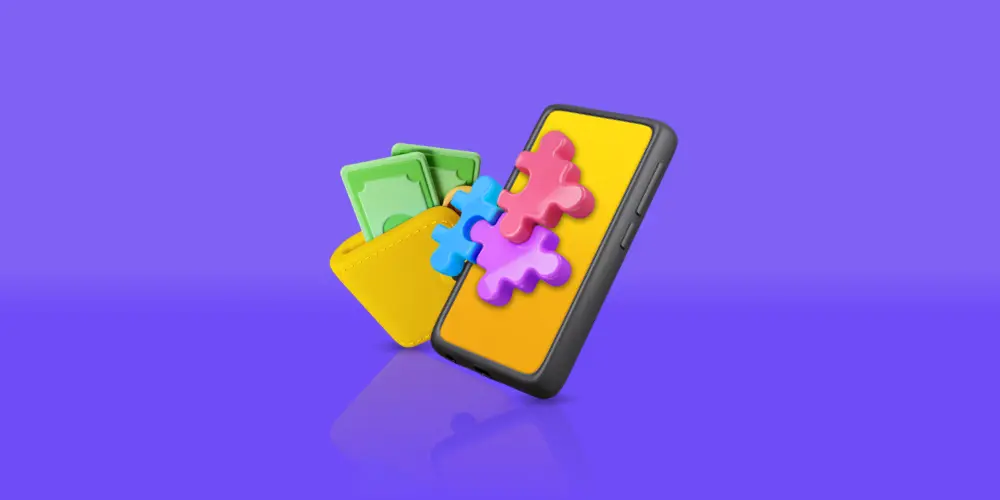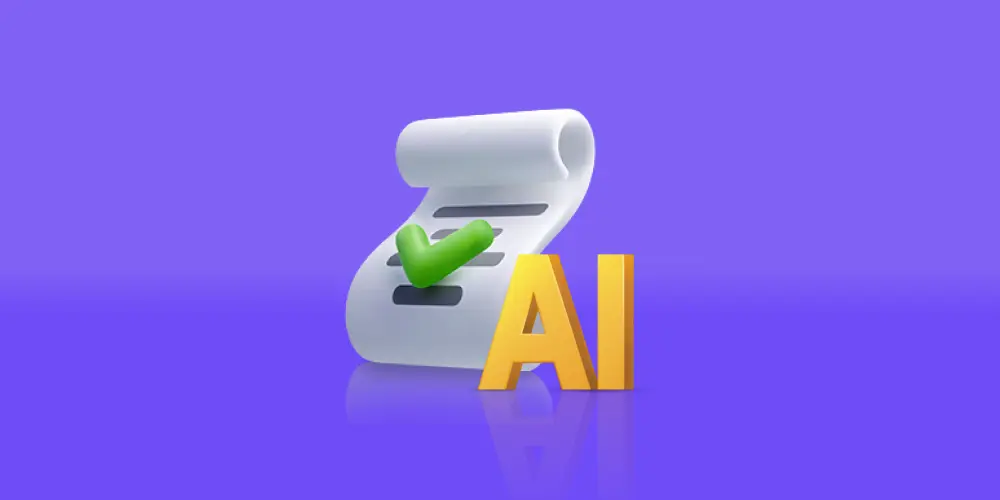
How is the development of Web 3.0 projects different from Web 2.0 and why you should switch to blockchain now
KEY POINTS OF THE ARTICLE
- Introduction to the evolution from Web 2.0 to Web 3.0 and the transformative impact of blockchain technology.
- Overview of the decentralized architecture of Web 3.0, contrasting with the centralized nature of Web 2.0 platforms.
- Examination of how blockchain enhances trust and transparency through immutable ledger systems.
- Analysis of peer-to-peer interactions facilitated by smart contracts, reducing reliance on intermediaries.
- Discussion on user ownership of digital assets in Web 3.0, empowering individuals with control over their data.
- Insights into innovative incentive mechanisms within Web 3.0, promoting active community participation.
- Consideration of the enhanced security features inherent in blockchain technology.
- Evaluation of the potential for increased efficiency and cost reduction by eliminating intermediaries.
- Exploration of new business models and opportunities enabled by the adoption of blockchain.
The development of Web 3.0 projects marks a significant departure from the traditional Web 2.0 paradigm. Web 2.0, characterized by centralized platforms and intermediaries, is being challenged by the release of Web 3.0, which embraces decentralization and blockchain technology. Web 3.0 projects differ from Web 2.0 in terms of their decentralized nature, trust, and transparency, peer-to-peer interaction, ownership of digital assets, and innovative motivation mechanisms.
The development of Web 3.0 projects differs from Web 2.0 in several key aspects. Here are some of the main differences:
- Decentralization: Web 2.0 applications are primarily centralized, meaning they rely on central servers and intermediaries to store and manage data. In contrast, Web 3.0 projects embrace decentralization by implementing blockchain technology. This decentralization eliminates failures, enhances security, and empowers users by giving them more control over their data and online experiences.
- Trust and Transparency: Web 3.0 projects aim to provide a higher level of trust and transparency compared to Web 2.0. Blockchain, as the underlying technology of Web 3.0, offers a transparent and immutable ledger system where transactions and data are recorded. This transparency creates trust among participants and reduces the need for intermediaries.
- Peer-to-Peer Interaction: Web 3.0 encourages peer-to-peer interaction without the need for intermediaries. Smart contracts, a fundamental component of Web 3.0, enable direct and automated interactions between sides. It streamlines the processes and reduces costs.
- Ownership of Digital Assets: Web 2.0 platforms often affect control over user-generated content and digital assets. Web 3.0, on the other hand, emphasizes the concept of ownership. Through blockchain technology, users can have verifiable ownership of digital assets, such as cryptocurrencies or tokens. This ownership allows for a more secure and direct transfer of assets, as well as the ability to prove authenticity.
- Incentive Mechanisms: Web 3.0 introduces innovative motivating mechanisms through the use of cryptocurrencies and tokens. In exchange for top-notch content, upkeep of the network, and other helpful efforts, participants are eligible for motivating incentives through these processes. Boost community involvement by tapping into what motivates people – shared goals and benefits.
Now, regarding the question of why you should switch to blockchain now – it depends on your specific needs and context.
However, there are several reasons why organizations and individuals are considering adopting blockchain technology:
- Enhanced Security: Blockchain’s decentralized nature and cryptographic techniques provide a higher level of security compared to traditional centralized systems. Transactions recorded on the blockchain are tamper-resistant, making it difficult for criminals to alter data.
- Trust and Transparency: Blockchain’s transparent and immutable ledger system creates trust among participants. This is particularly beneficial for industries where trust is critical, such as supply management, finance, and healthcare.
- Cost Efficiency: Blockchain can upgrade processes by eliminating intermediaries and automating transactions through smart contracts. This can lead to cost savings, increased efficiency, and faster settlements.
- Data Ownership and Privacy: Blockchain technology enables users to have greater control over their data. Want to keep your personal info private while still making secure deals? Cryptographic techniques make it possible, ensuring your transactions and interactions are both secure and transparent.
- Revolutionary Concepts and Profitable Ventures on the Horizon Suddenly, with blockchain gaming on the scene, barriers crumble, and innovators are free to conjure up innovative models and thrilling applications that were previously off-limits. Imagine applications that rewrite the rules of entire industries – that’s what this technology makes possible, by empowering developers to create decentralized powerhouses that drive innovation.
Conclusion
Blockchain technology is not a silver bullet, and its suitability depends on the specific challenges you’re trying to solve. There’s no one-size-fits-all answer here. Blockchain mobile games are still in their early days, but the greatest tests they face are, undoubtedly, figuring out how to grow sustainably, work with other platforms seamlessly, and gain regulatory approval – the ultimate hurdles to mainstream acceptance.




























